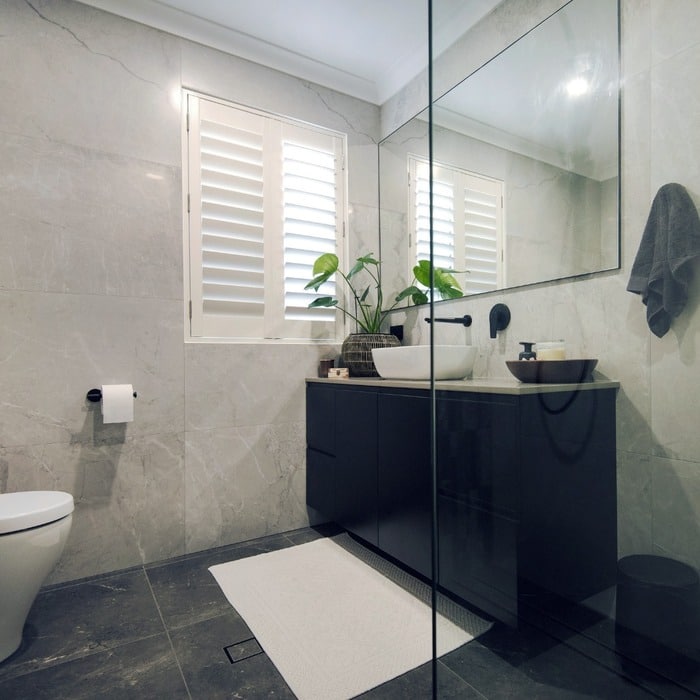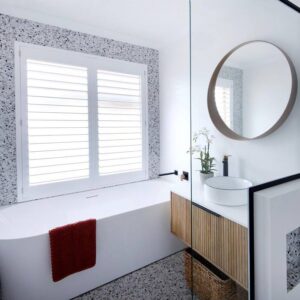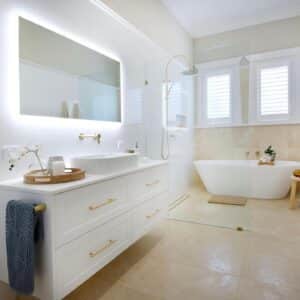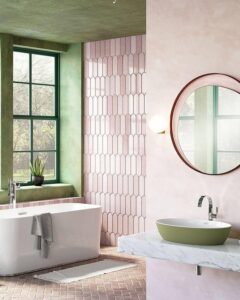Introduction
Accessible bathrooms provide individuals of all abilities with a safer, more comfortable environment for personal care. Whether you’re renovating to accommodate an ageing family member, a person with mobility challenges, or simply planning for the future, designing an accessible bathroom can be both functional and stylish. With the right fixtures, layout, and design elements, it’s possible to create a welcoming space that maintains everyone’s independence.
Planning the Layout
- Clear Pathways
A crucial element of an accessible bathroom is ample floor space for manoeuvring. Strive for at least 1.5 metres of clear turning radius, ensuring easy navigation for wheelchairs or walking aids. - Doorway Width
Standard doorways might be too narrow for some mobility aids. Aim for a door width of around 860mm to 910mm. Sliding or pocket doors can also help save space. - Zero-Threshold Showers
Installing curbless or walk-in showers eliminates the need to step over a raised edge, making entry safer for people with mobility concerns. Equip the shower with non-slip tiles and adequate drainage.
Essential Accessibility Features
- Grab Rails and Handrails
Sturdy grab rails near the toilet, shower, and bath area provide critical support for balance and stability. Ensure they are securely installed and meet Australian standards for accessibility. - Comfort-Height Toilets
Toilets that are slightly taller than standard models can minimise strain on the knees and hips when sitting or standing. - Accessible Basins
Choose a vanity or basin with enough clearance underneath to accommodate a wheelchair. Wall-mounted sinks at an appropriate height can also simplify usage.
Combining Safety and Style
- Non-Slip Flooring
Safety is paramount in a wet environment. Opt for textured or slip-resistant tiles that reduce the risk of falls while still complementing your bathroom’s design. - Smart Storage
Keep essentials within easy reach. Install open shelving or drawers with easy-to-grip handles at lower heights for hassle-free access. - Attractive Design Elements
Accessibility doesn’t have to mean a clinical look. Integrate stylish fixtures, modern tapware, and soothing colour schemes for a space that feels both practical and inviting.
Conclusion
Designing an accessible bathroom involves more than meeting specific measurements—it requires a holistic approach that balances safety, convenience, and aesthetics. Properly planned lighting, slip-resistant materials, and user-friendly fixtures can make an enormous difference to the quality of life for anyone with mobility challenges. By thinking ahead, you can ensure an inclusive, comfortable space that welcomes everyone, regardless of their needs.





